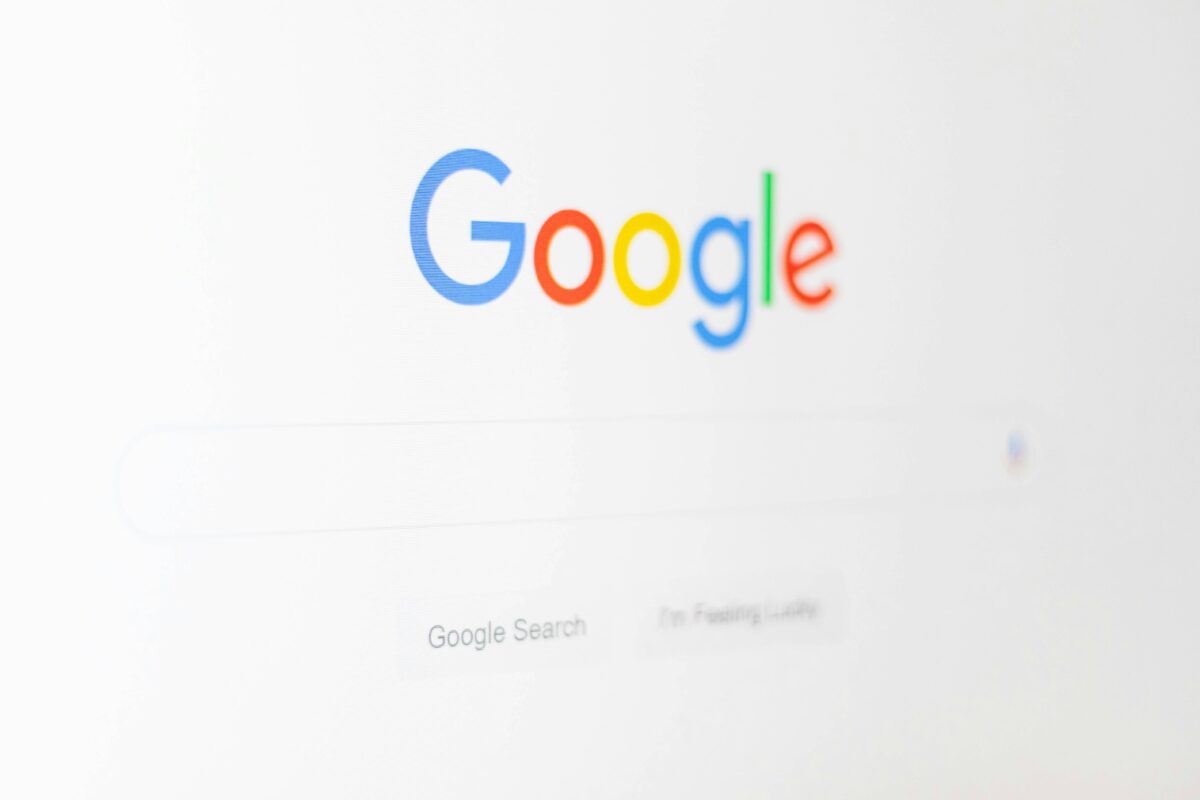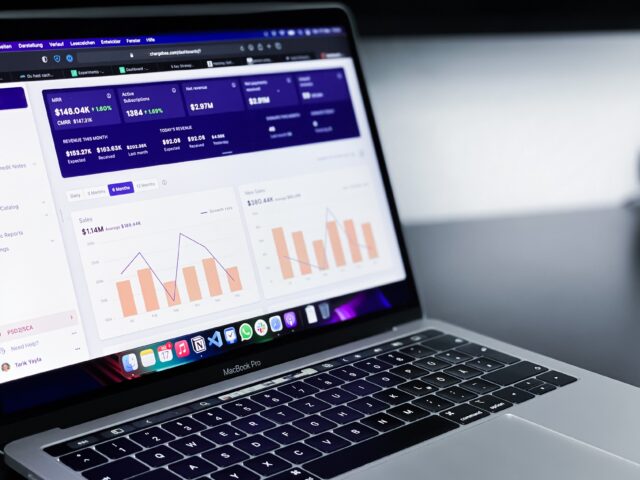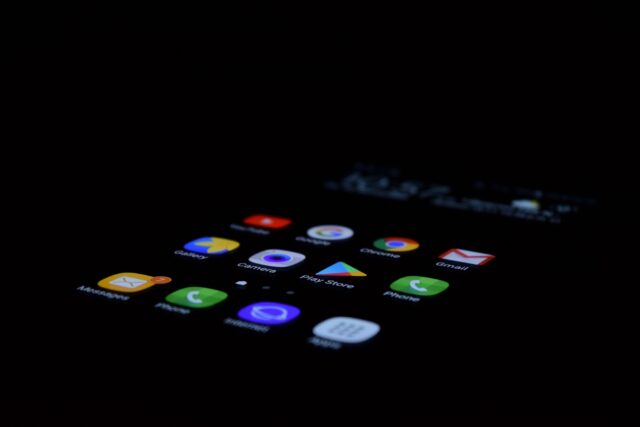The future of search today is typically split into two parts. Typical search – or search as we know it – refers to search engines, Google and Bing.
Non-typical search refers to platforms that are evolving the way we search; today, TikTok and YouTube play a huge part in search behaviour and what this means for marketers and for advertising in particular, too.
1. Let’s start with Google: the bread and butter of search
What can we expect from Google in 2024 and beyond? Amit Singhal, Google’s Head of Search in 2015, said: “The more accurate the machine gets, the lazier the questions become.” But as we move into 2024 and beyond, this is becoming more and more relevant. As with anything in life, the easier something is made for us, the lazier we become.
Every year we’re fuelling Google with an incomprehensible amount of data to feed its automation and it works harder for us. We’re getting lazier with the questions we’re asking – we can see this from our search query reports.
What this means for advertisers
- More broad match: let broad match do the work for you and start running tests of match types if you’re hesitant.
- More emphasis on Performance Max: input the best creatives, set up optimal structures, use audience signals and run scripts to excel.
- Demand generation campaigns: AI powered solutions to advertise across Google’s most visual touch points with image and video.
Google Perspectives: visual | snackable | personal | human
Perspectives is expected to change the face of the search engine results page (SERPs) with more user generated content from a whole range of sources.
How might this impact ads?
More emphasis is going to be placed on creating quality video content for ranking in the SERPs, whether that is with content creators or through our own channels. If you tap on Perspectives, you’ll see a feed that looks more like Pinterest than a typical set of Google results. It’ll feature videos from YouTube, comments from Reddit, posts from personal blogs, and other things Google’s ranking systems deem to be from the actual perspectives of real humans.
With Perspectives coming onto the search scene, consider the changing formats and the greater need for user-generated content – specifically video.
Search engines are trying to become as helpful as possible with generative AI
Generative artificial intelligence is artificial intelligence capable of generating text, images, or other media, using generative models.
The SERP plans on becoming much more helpful in the future: 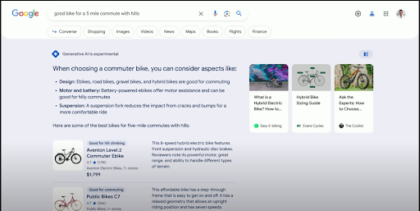
It’s anticipated to deliver bullet point suggestions and relevant shopping results rather than an overwhelming amount of information.
We can also expect the future of search to be impacted by more voice search. Voice search is expected to account for half of all searches online going into 2024, meaning the number of voice assistant users will have doubled in the space of 4 years – marketers need to set up Google Ads to adapt accordingly.
What does this mean for search?
- Expect a broad change in how users search.
- Phrasing/question structures will differ from their structure now.
- Image optimisation needs to be prioritised.
- Huge amounts of data will be held by search engines.
- Mobile friendly websites are a must.
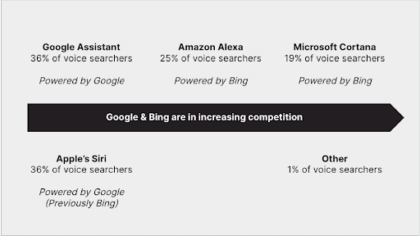
Two Google takeaways
- Align campaigns with smarter automation.
- Put energy into different search engines – depending on where your audience is.
From an advertising point of view, you should consider:
- Broad match keywords: there’s no reason to be so set on exact match keywords in Google Ads – Google will do a better job if you allow broad match terms and less control. If you’re hesitant – run a test to see for yourself.
- Performance Max campaigns in Google Ads rely on you inputting the best creative, having optimal structures and relevant audience signals in order to show relevant ads to your desired users, removing the emphasis on keywords.
- Demand generation campaigns are new and have just begun being rolled out – they replace discovery ads in Google and rely largely on visual touch points within Google (Discovery feeds, images, YouTube, Gmail).
You need to be considering these tools in your advertising strategy this year.
2. The new Bing
Microsoft is stepping up its game. Last summer we went to Paris for the Global Search Awards and stopped by Microsoft’s HQ to get the lowdown on the ‘New Bing’.
They showed us the SERPs 20 years apart: in the world of digital marketing where things can change dramatically every 6 months, it’s fascinating to see that the SERPs really aren’t that dissimilar 20 years apart.
However, going forwards with the help of generative AI, Bing as a search engine will change noticeably and be able to help us more than ever. 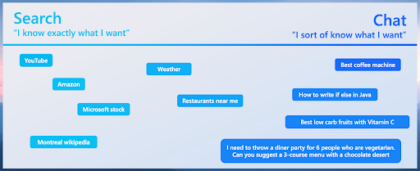
In a similar way to Google’s generative AI, Bing’s ‘Answer Machine’ would work as half conversational chatbot and half search engine. We can expect tailored suggestions to very specific needs.
So for example, rather than searching for ‘Hotels Manchester’, you’ll be able to retrieve a much more tailored solution, narrowing your results down. For example: ‘Hotels Manchester’ > ‘Hotels Manchester close to the theatre’ > ‘Hotels Manchester close to the theatre with vegetarian restaurants to eat at beforehand’.
How this impacts ads
- No immediate action is needed to be taken by marketers – any ads for the new Bing experience will be automatically created using your current campaigns.
- You’ll be charged on a cost-per-click basis.
- There’s limited testing available.
- Expect volume growth with public access to the new experience increasing over time.
- Adopt rich media formats.
Look out for when this change comes into place if you have Bing search engines on your devices or use Bing ads for your business.
3. TikTok for search
Tiktok has begun to surpass Google for its user search function when it comes to certain types of searches.
What does this mean for marketers?
- Certain queries are searched for more in TikTok.
- Short form video content is key.
- It’s more impactful in particular industries.
- TikTok for ecommerce poses a threat to Amazon, too.
Recent research, analysing thousands of keywords across various industries, highlights 100 words and phrases that users are searching for more on TikTok than they are on Google.
The research concluded that while search queries for services “near me” and “what’s on” continue to be most prominent on Google, TikTok is ‘stealing’ “how to” search volume from Google.
Analysing the intent behind top keyword searches on TikTok, it’s been found that almost ¾ were informational, while 21% were commercially motivated.
Are TikTok and Google testing a new partnership?
Google has acknowledged the potential threat of TikTok’s emergence as a discovery tool. Young users increasingly turn to TikTok and platforms like Instagram when seeking recommendations for places to eat or explore, bypassing Google Search and Maps.
For Google, integrating with TikTok could help retain its relevance among younger audiences.
For TikTok, use of Google’s features allows greater discovery for its users.
Patrick Hodgson, Vice President of Marketing at AdMax Local, said: “A TikTok spokesperson confirmed that they are experimenting with third-party integrations within the app, including this test with Google. The trial is being conducted globally across various markets and is intended to enhance the user experience by providing more context and facilitating greater discovery on TikTok.”
Consider user-generated content as key in your 2024 marketing strategy.
4. YouTube as a search engine
Finally I want to touch on YouTube as a search engine, and not just as a leisurely video viewing platform.
YouTube is the second most visited Search Engine globally and it plays a huge role in the search journey.
How is YouTube part of search?
- The search bar on YouTube itself acts as a search tool.
- YouTube videos are served within the SERP.
- The video tab within Google Search serves Youtube videos to users.
Why use Youtube ads?
- Target users through various means.
- Appeal to users with a variety of formats.
- Capture attention throughout the marketing funnel.
- Show up for your audience whilst they’re engaged.
- Easy to set up and creatively impactful.
You can advertise on YouTube with relatively little spend and get the following benefits:
- Great targeting capabilities.
- Variety of formats.
- Full funnel coverage.
- Showing up when users are already engaged online.
- Straightforward and easy to set up.
Google recently released its latest guidelines: the ABCDs of Youtube ads
Attention – hook and sustain people’s attention in the first 3 seconds.
Branding – include your brand early on, make it stand out and show it often.
Connection – create connections with users through the experience of your product.
Direction – give your audience direction; ensure there’s action for them to take.
Key takeaways
- Google continues to take the lead in search.
- Bing is catching up to Google with generative AI and ‘the new Bing’.
- TikTok is making headway as a search engine, being used more in certain instances.
- YouTube remains fundamental to search and video content is key.
If you want guidance around mastering search and showing up where your users are with the content they want, get in touch.

